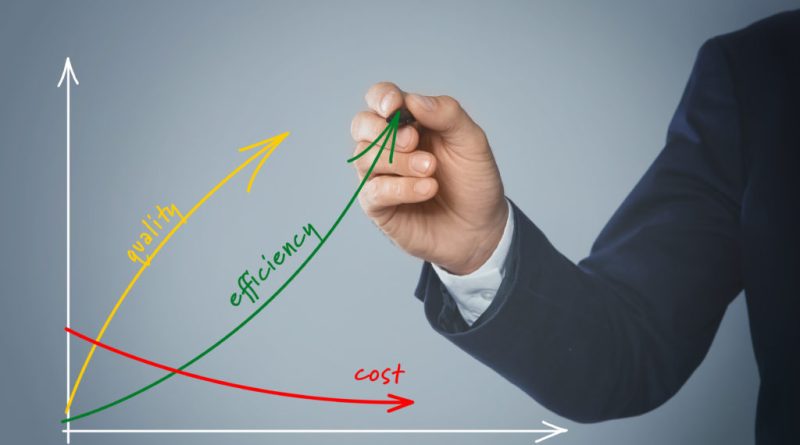Understanding the Cost of Money in the Business Environment
The world of business finance is a labyrinth of terms and concepts that, while crucial for business owners and managers to grapple with, can sometimes seem overly complex. One such critical but often misunderstood concept is the “cost of money.” This term essentially considers the price businesses pay to use money, whether it’s money they borrow or money they could potentially earn from another investment. Understanding the nuances of the cost of money is not just academic—it can influence major strategic decisions within a company.
The cost of money is affected by several factors, including the prevailing interest rates, inflation, the creditworthiness of the borrower, and broader economic conditions. It serves as a fundamental indicator that aids businesses in deciding whether to pursue financing, invest in new projects, or maybe even hold off on expansion plans. Grasping this concept helps businesses manage their resources more effectively and can lead to more informed decision-making, potentially saving substantial amounts of money over time.
For businesses, the implications of not understanding or incorrectly estimating the cost of money could mean the difference between profit and loss. It can impact everything from pricing strategies to investment and operational decisions. Thus, having a firm handle on what the cost of money entails, how it’s calculated, and how it affects various aspects of business operations is paramount for sustained success.
In this article, we will delve deep into what the cost of money means in the business environment, factors influencing it, and the effects it has on business financing, among other aspects. We will also look at strategies businesses can employ to manage this cost efficiently.
Introduction to the concept of the cost of money
In its simplest form, the cost of money is the opportunity cost of holding money instead of investing it or the cost incurred by borrowing it. For businesses, this could mean the interest expense on borrowed funds or the potential income from investing surplus funds. Understanding this concept is critical as it affects decisions concerning capital financing and deployment of excess cash.
The calculation of the cost of money is often synonymous with the calculation of interest rates, although it can encompass broader considerations including alternative investment revenue, inflation, and market conditions. For example, if a company decides against investing in a new business venture whose projected return on investment (ROI) is higher than the current cost of borrowing, it could essentially be seen as a loss of potential income.
Additionally, the cost of money isn’t static—it fluctuates with changes in market conditions, government policies, and global economic shifts. Thus, businesses need to stay informed and agile, ready to alter their strategies in response to movements in the cost of money.
Exploration of factors influencing the cost of money
Several key factors influence the cost of money in the business environment. The most direct of these is monetary policy, implemented by central banks. By adjusting the interest rates, central banks influence the cost of borrowing and the incentive to save. For instance, lower interest rates generally decrease the cost of borrowing, encouraging businesses and consumers to take loans.
Another significant factor is the inflation rate. Inflation erodes the buying power of money, meaning businesses will need more money in the future to purchase the same goods and services as today. High inflation typically leads to higher interest rates, which in turn increases the cost of money.
Credit risk also plays a crucial role, especially for individual businesses. Lenders consider the borrower’s ability to repay the loan, and as the perceived risk increases, so too does the cost of money through higher interest rates. This is because the lender needs compensation for the increased risk they are taking.
The impact of interest rates on business financing
Interest rates are integral to the concept of the cost of money and directly affect business financing. When interest rates are high, the cost to borrow money increases, leading businesses to possibly defer or cancel planned expansions or investments. This can slow economic growth as businesses are less likely to spend and invest.
Conversely, when interest rates are low, businesses can acquire cheap capital, encouraging them to expand operations, hire more staff, or increase production. These activities can stimulate economic growth across various sectors. However, there is also a risk of businesses becoming overly indebted if they assume too much debt due to low-interest rates, which can lead to financial instability later.
The timing of financing decisions in relation to interest rate forecasts can be crucial. Businesses often try to lock in lower rates when they conceptualize a long downturn in rates, ensuring lower costs for the foreseeable future.
How inflation affects the cost of money for businesses
Inflation impacts the cost of money by changing the actual value of the money borrowed or saved. For businesses, this means that inflation can affect everything from the potential to fund new projects to the costs of goods and service procurement. If inflation…

